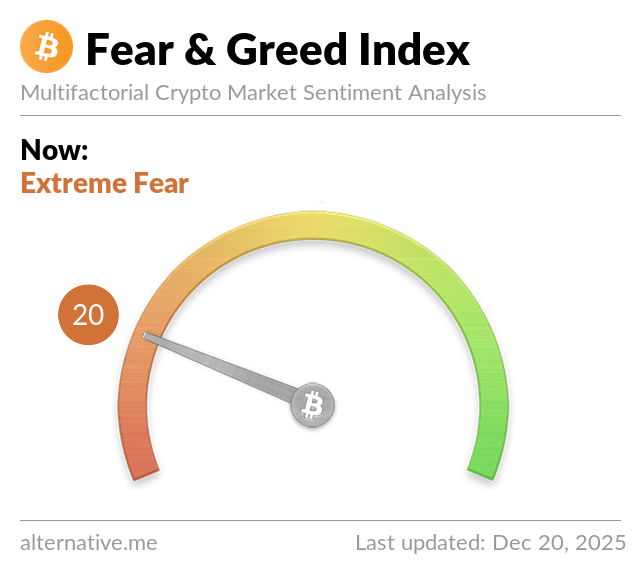How does crypto price discovery work? If you are new to crypto or investing you might be unfamiliar with the term and with crypto, not all investment jargon is a direct translation. Let’s look at the traditional definition and how it applies to cryptocurrency.
Price Discovery In Traditional Investing
Investopedia defines price discovery as “the overall process, whether explicit or inferred, of setting the spot price or the proper price” of a commodity, currency, assets, etc.
 There are variables to take into account such as supply and demand, the climate of the marketplace, and more. Price discovery is essentially where the supply meets the demand, and a transaction is possible.
There are variables to take into account such as supply and demand, the climate of the marketplace, and more. Price discovery is essentially where the supply meets the demand, and a transaction is possible.
It’s smart to think of this as a function of the marketplace rather than a set of defined steps or milestones. Price discovery is about reaching a consensus price, which may sound very familiar to crypto investors.
It’s not the same as valuation, which is a model-driven process rather than a market-driven one. Investopedia defines valuation as being related to the “present value” of “presumed cash flows”.
Crypto Price Discovery
Price discovery in cryptocurrency is basically the agreement between buyers and sellers on how much a specific currency or asset will cost.
This may not necessarily be done by negotiating directly (I’ll pay you x amount if you agree) but is closer to the seller setting prices or the buyer considering those prices at a certain point and observing what the larger market may support (I’ll charge x amount and see how many people buy in at that price) or what has been supported “traditionally” with that asset.
Price discovery involves considering supply and demand plus other factors that we’ll explore below such as scarcity. Is the asset or currency overvalued or overbought? Examining the factors (see below) that affect price discovery can help you determine things with the right experience and context.
How much is the currency worth, how many people are selling, and how many are buying? And at what price point based on abundance or scarcity are they buying consistently at?
Is it a seller’s market? Or a buyer’s market? In the case of the latter, when there is more supply than demand, it may not be possible to command premium pricing for a cryptocurrency or NFT. When there is more demand than supply, the seller can hike the price for the asset–to a point.
When you’re considering crypto price discovery, you may learn or already know that software or research may be used to match buyers with sellers at a specific price point.
This is a process that uses price discovery concepts to make the pairings work. When you participate in a crypto auction, you’ll see the following concepts at work–all inform crypto price discovery.
Factors Affecting Price Discovery: Supply and Demand
Supply and demand are market drivers. Ethereum may be worth X, but Bitcoin is worth Y. That is due to a certain amount of demand for both, but it’s easy to see when comparing the numbers that there is a higher demand for Bitcoin, and buyers are willing to pay more for it at press time.
When demand goes lower, prices may drop accordingly. Or they may not–is the asset overvalued? Supply and demand can be complicated but at the most basic level who is buying, how many are selling, and how much of the supply remains are all important factors that affect price.
Risk and Risk Aversion
How worried is an investor or a group of them about the risk of a specific investment? Also known as “attitudes toward risk”, risk aversion can be a variable where crypto trading is concerned.
If Bitcoin is priced at $49K per coin but a growing number of investors feel that price point is too high? A drop in the price may occur depending on how large the trend is.
Will that price adjustment remain going forward or was it one of the many daily fluctuations in value? If a given currency is overbought or over-invested, a correction could be coming, but if it isn’t overvalued, how great is the risk of a long-term lower price?
That’s the dilemma. It certainly is not the ONLY one, but it’s a good example of how risk aversion can change the game.
Volatility
Risk and risk aversion are tied to volatility depending on circumstances. The more volatile a currency or asset is, the more likely it is to hit some of the extremes of high and low value.
Some price changes are “permanent” or indicative of a sustained lower or higher price, others are not. It’s up to the investor to do the homework to determine whether signs point to a particular currency’s volatility or lack of it, and whether a single or sustained move higher or lower represents the future of that currency.
Bitcoin has volatility in part because of the undue influence social media celebs have on its value.
Situations where a single Tweet is sufficient to raise or lower the value of a commodity point to a higher degree of volatility than some might be willing to invest in, and that’s an important factor to consider when you decide to buy in or cash out. Is the change in price based on what you think it is, or are there other factors at work you don’t know about?
The Supply Of Information
Some types of information can change (short-term or long-term) how investors deal with their options. For example, if a major announcement about the IRS’s view of cryptocurrency was scheduled to happen on April 15th, some investors would wait until that information is released to decide whether to buy or sell based on what that announcement did to the trading environment.
You may find an increased supply, higher demand, or fluctuating conditions in both camps depending on the nature and severity of newly released information.
You can also learn a lot by reading about the past performance of a company or platform. In cases where such information is not available, does that make you less likely to invest? For some savvy traders the answer is yes. For less risk-averse buyers and sellers, the supply of information may not matter (to them) as much — until it does.
Market Mechanisms
As mentioned above, price discovery is not the same as reviewing the current price or speculating on the future price of a cryptocurrency or investment.
Price discovery is about finding the market value of an asset and that is NOT necessarily the inherent or intrinsic value of the investment. How much you or other traders are willing to pay at that moment (think about Bitcoin) is closer to price discovery than establishing the inherent value (think the price of gold, silver, or copper). Price discovery is more closely tied to what people are WILLING to pay rather than what the commodity is actually WORTH.
Joe Wallace has covered real estate and financial topics, including crypto and NFTs since 1995. His work has appeared on Veteran.com, The Pentagon Channel, ABC and many print and online publications. Joe is a 13-year veteran of the United States Air Force and a former reporter for Air Force Television News.


